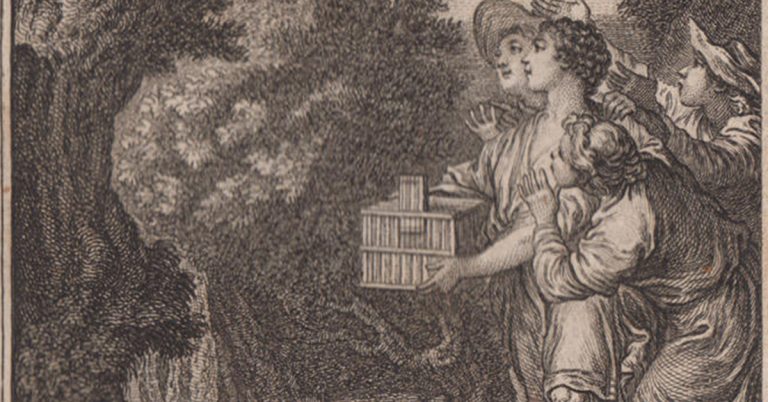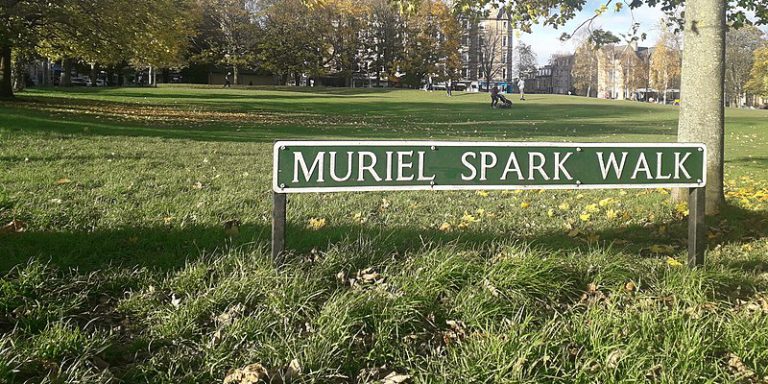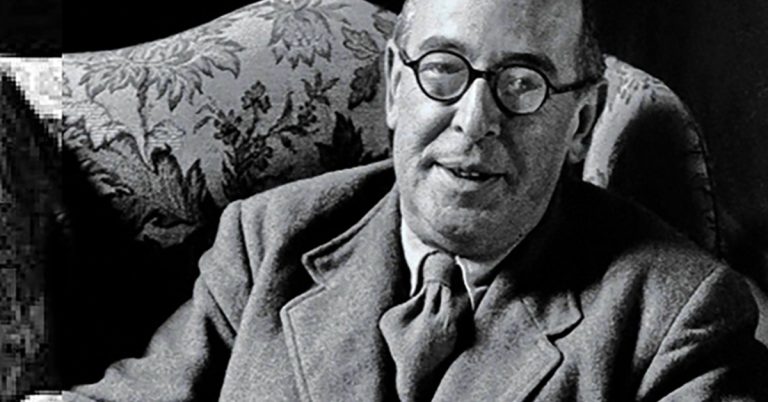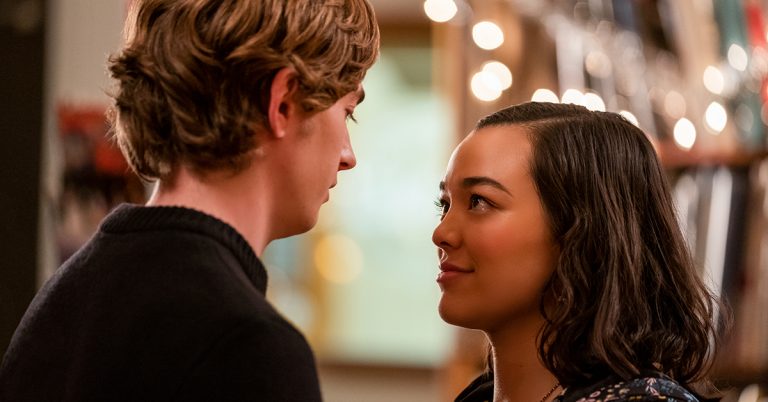
-
Updating Roman Jakobson’s ‘Poetic Function’ with Vector Semantics
Read more: Updating Roman Jakobson’s ‘Poetic Function’ with Vector SemanticsKurzynski discusses how poetry extends beyond sound and rhythm and taps into a deeper network of meanings.


Kurzynski discusses how poetry extends beyond sound and rhythm and taps into a deeper network of meanings.

By Stuart Gillespie I was one of the two founding editors of this journal in 1992. Anyone involved with a publication for this long will have travelled far, and when I look back over the thirty-year lifespan of Translation and…

By Sara Austin and Ann Wainscott We met at New Faculty Orientation in 2018. Sara was seated across a large round table from me, and during introductions she mentioned that she was a scholar of children’s literature. I immediately mentioned…

By Virginie Trachsler The young Persephone is gathering flowers in a meadow when her uncle Hades, god of the underworld, rises through a crack in the earth and abducts her on his golden chariot. Her mother Ceres wanders the earth…

‘How do you do it? I am dazzled’, enthused Evelyn Waugh in a letter to Muriel Spark in 1960. Spark’s latest novel, The Bachelors, was hot off the press, and this, Waugh told her, was ‘the cleverest and most elegant…

Tell us a bit about Transatlantic Transformations of Romanticism Well, my book takes a fresh look at the literature of British Romanticism and its influence on twentieth- and twenty-first-century American literary culture and thought. It reads works of prose and…

By Tessa Roynon In recent weeks, the U.S. Capitol in Washington D.C. has been much in the public eye. Whether stormed by President Trump’s supporters on 6th January, or as the “hallowed ground” that formed the backdrop to President Biden’s…

By Derek King C. S. Lewis’s Till We Have Faces is a brilliant piece of fiction but also a mediation on an old problem called the problem of divine hiddenness. The problem of divine hiddenness refers to a lack in…

By Tom Ue Dash & Lily (2020-), Netflix’s charming new adaptation of Rachel Cohn’s and David Levithan’s popular YA series (2010-), has achieved an enviable 100% on Rotten Tomatoes, with critics lauding its performances, story, and festive mood. The first…

By Stanley Gontarski American outlier writer, William S. Burroughs, was a creative force, as a writer in his own right, and as a cultural theorist, particularly his anticipation of what we now regularly call “a society of control” or “a…